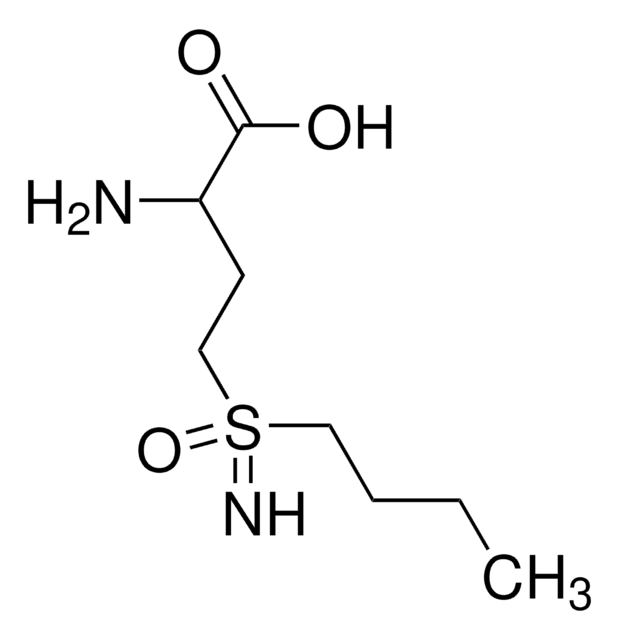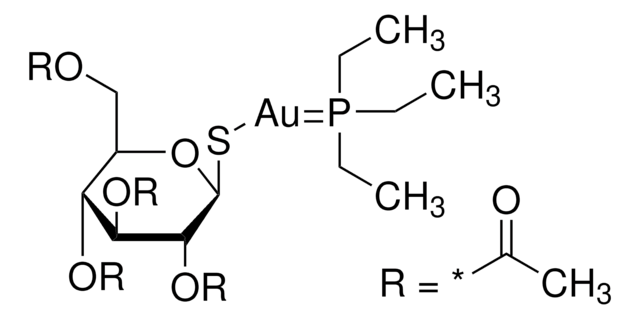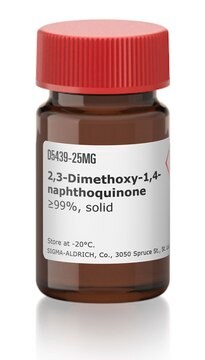B2515
L-Buthionine-sulfoximine
≥97% (TLC)
Synonym(s):
L-BSO
About This Item
Recommended Products
biological source
synthetic (organic)
Quality Level
Assay
≥97% (TLC)
form
powder
mp
224-226 °C
solubility
water: 50 mg/mL, clear to slightly hazy, colorless to faintly yellow
shipped in
wet ice
storage temp.
−20°C
SMILES string
CCCCS(=N)(=O)CC[C@H](N)C(O)=O
InChI
1S/C8H18N2O3S/c1-2-3-5-14(10,13)6-4-7(9)8(11)12/h7,10H,2-6,9H2,1H3,(H,11,12)/t7-,14?/m0/s1
InChI key
KJQFBVYMGADDTQ-CVSPRKDYSA-N
Gene Information
human ... GCLC(2729) , GCLM(2730)
Looking for similar products? Visit Product Comparison Guide
Application
- as a selective activator for the induction of ferroptosis in rat apoptotic cells
- as an inhibitor of γ-glutamylcysteine synthetase to study its effects on the viability and effectiveness of microspore embryogenesis (ME) induction in triticale and barley
- as a glutathione synthesis blocker to study its effects on auranofin (AFN)-mediated interleukin-1β expression in murine alveolar macrophages
Biochem/physiol Actions
Storage Class Code
11 - Combustible Solids
WGK
WGK 3
Flash Point(F)
Not applicable
Flash Point(C)
Not applicable
Personal Protective Equipment
Regulatory Listings
Regulatory Listings are mainly provided for chemical products. Only limited information can be provided here for non-chemical products. No entry means none of the components are listed. It is the user’s obligation to ensure the safe and legal use of the product.
JAN Code
B2515-5G:
B2515-1G:
B2515-500MG:
B2515-VAR:
B2515-BULK:
Choose from one of the most recent versions:
Certificates of Analysis (COA)
Don't see the Right Version?
If you require a particular version, you can look up a specific certificate by the Lot or Batch number.
Already Own This Product?
Find documentation for the products that you have recently purchased in the Document Library.
Customers Also Viewed
Our team of scientists has experience in all areas of research including Life Science, Material Science, Chemical Synthesis, Chromatography, Analytical and many others.
Contact Technical Service








